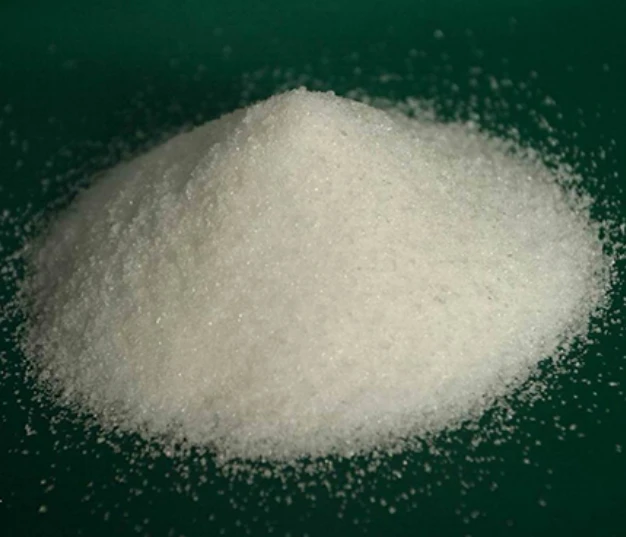Exploring the Chemical Properties and Applications of Benzododecinium Compounds in Modern Science
The Fascinating World of Benzododecinium Structure, Applications, and Impact
Benzododecinium is an intriguing compound that has garnered significant attention in various fields, particularly in microbiology and materials science. Its unique chemical structure and properties make it a vital player in the development of antiseptics, disinfectants, and other innovative applications. Understanding benzododecinium requires a delve into its chemical nature, uses, and the implications for health and industry.
Chemical Structure and Properties
Benzododecinium belongs to a class of quaternary ammonium compounds, which are characterized by a positively charged nitrogen atom bonded to four organic groups. In the case of benzododecinium, it features a long hydrophobic alkyl chain derived from dodecane, coupled with a benzyl group. This unique combination provides it with amphiphilic properties, enabling a dual affinity for both water and lipids.
The structure of benzododecinium contributes to its effectiveness as a surfactant. Surfactants reduce surface tension between liquids or between a liquid and a solid, allowing for better spreading and wetting. In practical terms, this means that benzododecinium can disrupt bacterial cell membranes, leading to cell lysis and ultimately, microbial death. This mechanism of action is one of the reasons why benzododecinium is particularly valued in the formulation of antibacterial agents.
Applications in Antiseptics and Disinfectants
One of the primary applications of benzododecinium is in the production of antiseptics and disinfectants
. For instance, it is often formulated into mouthwashes and skin antiseptics due to its ability to kill a wide range of bacteria and fungi. The wide-spectrum antimicrobial activity of benzododecinium makes it effective against pathogens that are resistant to other types of agents.In dentistry, mouthwashes containing benzododecinium are used to reduce oral bacteria, helping to prevent infections and promote overall oral hygiene. Additionally, in medical settings, it is utilized to disinfect surfaces and instruments, contributing to the control of healthcare-associated infections. The role of benzododecinium in these applications underscores its importance in public health and hygiene.
benzododecinium

Innovations in Materials Science
Beyond its antimicrobial properties, benzododecinium is being explored for its potential in materials science. Its surfactant characteristics can enhance the properties of various polymers, making it a candidate for use in coatings, films, and other materials. Research is ongoing to determine how benzododecinium can be incorporated into nanoparticles for targeted drug delivery systems, potentially revolutionizing the way medications are administered.
Moreover, the chemical's ability to modify surface properties is being examined for applications in antimicrobial coatings. These coatings could be applied to various surfaces, from door handles to medical devices, to inhibit the growth of harmful microorganisms. The ability to create environments that resist bacterial colonization is essential in the fight against antibiotic-resistant strains.
Environmental and Safety Considerations
Despite its many advantages, there are essential environmental and safety considerations to account for. The use of quaternary ammonium compounds, including benzododecinium, has raised concerns regarding their potential ecological impact. Studies have indicated that these compounds can persist in the environment and may contribute to the development of resistant strains of bacteria.
Thus, regulatory bodies emphasize the need for proper usage guidelines and efficacy evaluations to mitigate risks. Ensuring that products containing benzododecinium are used responsibly and effectively is vital for balancing public health benefits with environmental protection.
Conclusion
In summary, benzododecinium is a compound that plays a multifaceted role in modern science and healthcare. From its unique chemical properties to its applications in antiseptics and materials innovation, it is clear that this compound holds significant promise. As research continues to expand the understanding of benzododecinium and its effects, it will be crucial to maintain a focus on safety and sustainability. The future of benzododecinium and similar compounds will undoubtedly shape the ways we tackle health challenges and design new materials for an ever-evolving world.
-
lk-319-special-scale-and-corrosion-inhibitor-for-steel-plants-advanced-solutions-for-industrial-water-systemsNewsAug.22,2025
-
flocculant-water-treatment-essential-chemical-solutions-for-purification-processesNewsAug.22,2025
-
isothiazolinones-versatile-microbial-control-agents-for-industrial-and-consumer-applicationsNewsAug.22,2025
-
scale-inhibitor-key-solutions-for-water-system-scale-preventionNewsAug.22,2025
-
organophosphonates-versatile-scale-inhibitors-for-industrial-water-systemsNewsAug.22,2025
-
scale-and-corrosion-inhibitor-essential-chemical-solutions-for-water-system-maintenanceNewsAug.22,2025





